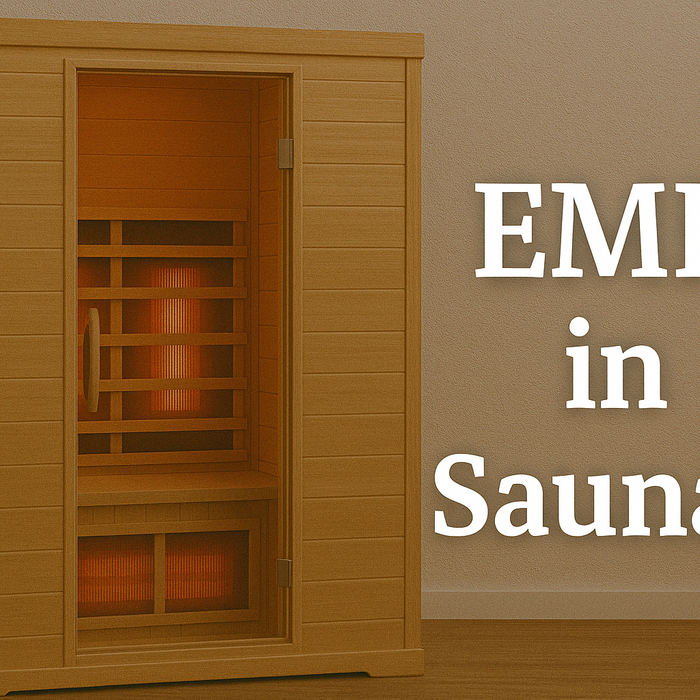*Havenly 及其关联公司不提供医疗指导。医疗建议请咨询执业医生。本网站包含的所有信息仅供参考。使用我们产品的结果因人而异,我们无法提供立即永久或有保证的解决方案。我们保留更改文章中任何内容的权利,恕不另行通知。Havenly 对印刷差异不承担任何责任。


Looking to create your own infrared sauna from scratch or retrofit an existing space? With the right components and layout, you can build a high-quality, low-EMF infrared sauna for a fraction of the cost of prebuilt models. This guide covers every step—from insulation and panel placement to safety and power requirements.
Whether you're a DIY enthusiast or just want a custom solution, here's how to build your own infrared sauna at home.
Pick a well-ventilated indoor space with at least 15A–20A of dedicated power access. Ideal locations include:
The space should allow at least 3–6 feet of internal seating and enough vertical height for infrared panel placement (at shoulder, back, leg, and front levels).

Want a prefab standalone kit? Check out our DIY Sauna Kits.
Insulation is crucial for heat retention. Recommended materials include:
Note: Do NOT use vapor barriers or standard drywall inside the sauna space.
Use low-EMF carbon or ceramic infrared panels that cover all core zones:
Recommended Products:
Ensure safe mounting distances (usually 2–4 inches from seating areas) and avoid direct skin contact with panel surfaces.

Use shielded, EMF-safe wiring and follow all local electrical codes. Options include:
Recommended: Hire a licensed electrician to wire and connect your infrared sauna heater safely.

For a full-spectrum infrared setup, add a high-temp-rated red light therapy panel like the Hooga SaunaPRO. This provides near-infrared wavelengths for skin, recovery, and cellular benefits.

Pro Tip: Add a thermometer/hygrometer combo to monitor heat, and consider a bench fan or vent for mild airflow.
At Haven Of Heat, we offer individual panels, control systems, and consultation support to help you build your infrared sauna the right way. Whether you're going fully custom or upgrading an existing setup, we’ve got you covered.
*Havenly 及其关联公司不提供医疗指导。医疗建议请咨询执业医生。本网站包含的所有信息仅供参考。使用我们产品的结果因人而异,我们无法提供立即永久或有保证的解决方案。我们保留更改文章中任何内容的权利,恕不另行通知。Havenly 对印刷差异不承担任何责任。
发表评论